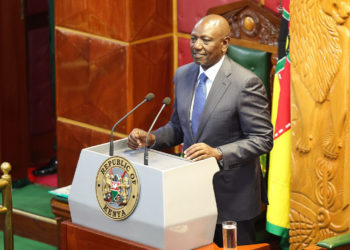When a Nigerian artist has a concert in Kenya, throngs gather to hear them perform. When a Marvel movie is released in Kenya, cinema halls are filled with eager fans. Meanwhile, it is not uncommon to see #PlayKenyanMusic trending as musicians and industry groups push to promote our art to ourselves.
In free-market economics, consumers decide what is produced through their consumption. As such, the failure of Kenyan radio stations to play Kenyan music is not purely attributable to bias by the stations, but the choice of Kenyan consumers to prefer Nigerian music.
The failure of Kenyan cinemas to consistently show Kenyan films is attributable to Kenyan audiences’ preferences for American studio movies.
Read: What The Government Should Do To Make The Creative Economy Better
On whose shoulders, therefore, does this problem lie? With those involved in production. Kenyans will consume Kenyan art that they like and this is evident with the success of Kenyan rappers such as Khaligraph Jones and Nyashinski.
Educating artists on the monetization of their art and promoting a culture of craft over fame will therefore be crucial to solving the issue.
Moreover, we need to give young Kenyan artists the chance to grow into the stars that we see today. Despite the failure of Kenyan art to appeal to Kenyan audiences being the reason for its stunted growth, opportunities for stories to be heard are also crucial for artists to grow. For this reason, the establishment of more platforms for Kenyan art such as the online Radio 254 may be a necessary step to take.
Even in the presence of these platforms, the onus will be on Kenyan artists and, crucially, those with supporting roles in Kenya’s creative industries to attract Kenyan audiences and monetize their attention; as this will be the only way for these industries to grow.
Email your news TIPS to editor@thesharpdaily.com


















